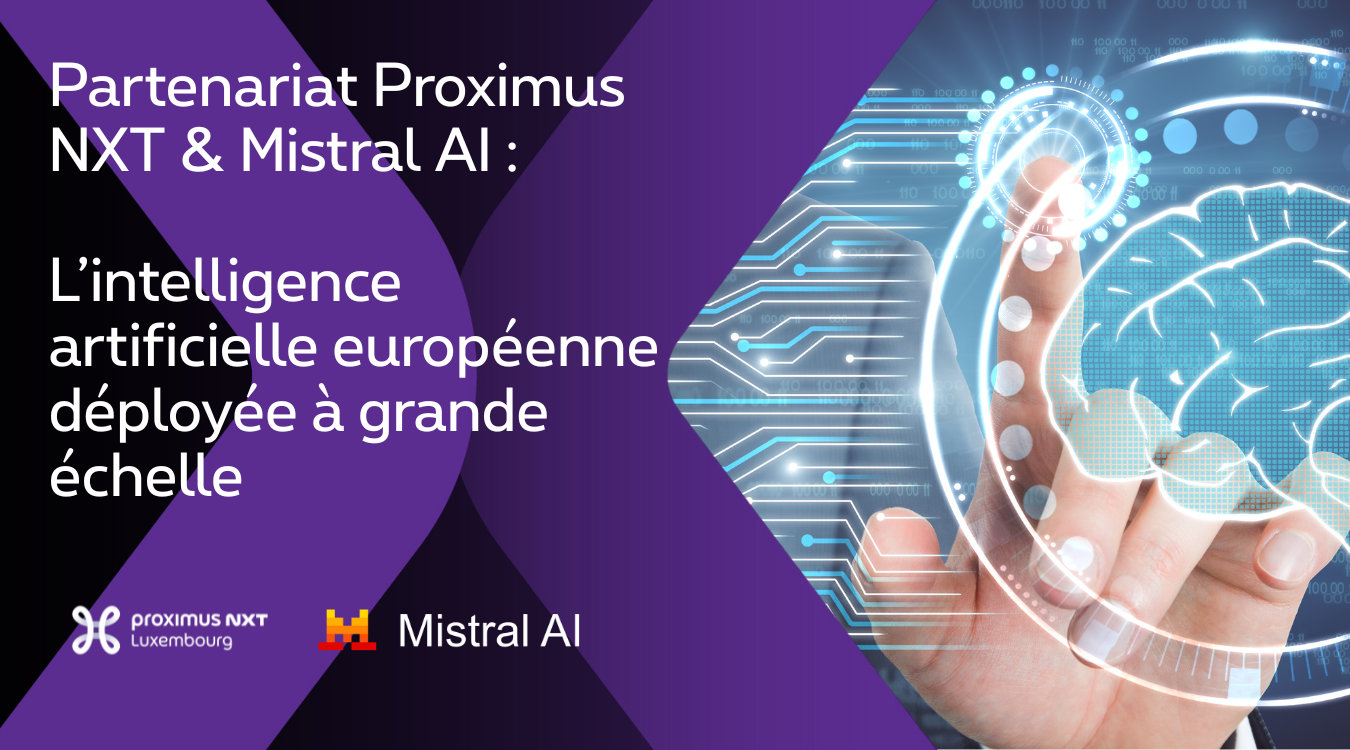Join us as we unfold our LHoFT Research program’s latest series, focused on AI-driven biometric identification. Start your journey in the January 2024 edition of AGEFI, featuring our inaugural piece, “Reshaping Identification: The Basics of Biometric Innovations”. Continue your exploration in February’s release, “Securing Tomorrow: Behavioral Biometrics & Cutting-Edge Tech”.
The Next Wave of Biometric Innovations
Vein recognition
The landscape of biometric security is continuously evolving, and Vein Pattern Recognition (VPR) technology is at the forefront, offering a novel and secure method for individual identification. This advanced technology leverages the unique vein patterns found in an individual’s palm or fingertips, illuminated by near-infrared light, to provide a secure and contactless identification solution. Its security is unparalleled, relying on the presence of active blood circulation to prevent spoofing, setting a new standard in biometric security.
Artificial Intelligence (AI), particularly deep learning, is significantly amplifying the capabilities of VPR technology by improving its accuracy, speed, and adaptability. AI algorithms are adept at analysing complex vein patterns with greater precision, effectively reducing false positives and negatives. AI also aids in image enhancement, crucial for handling real-world noisy data.
This novel authentication approach is rapidly gaining popularity within the financial sector, with banking institutions incorporating this technology into their infrastructure for a range of functions, including secure customer verification at ATMs and within digital banking platforms.
Despite its many benefits, the technology faces challenges, such as the long-term stability of vein patterns and potential interference from ambient lighting, which are important considerations for future development.
Emotional recognition
At the cutting edge of human-machine interaction, Emotion AI is revolutionising the way machines interpret and respond to human emotions. By harnessing advanced algorithms, this technology delves into the nuances of our emotional expressions, from the subtleties of our facial expressions and voice tones to the complexities of our physiological states. Emotion AI extends beyond mere analysis, employing artificial intelligence to not only decode but also simulate and appropriately react to the spectrum of human emotions.
The goal is to create more intuitive and empathetic interactions between humans and machines, with applications ranging from improving automotive safety by detecting driver stress to supporting mental health treatments. This technology may also find its place in the financial sector, mainly in supporting interactions with clients and satisfaction in call centres. With the help of Emotion AI, customer service platforms may better diagnose customers’ behaviour, leading to improved satisfaction and loyalty.
Despite its promising applications, Emotion AI faces ethical dilemmas, such as concerns over privacy and the potential for misuse, underscoring the importance of ethical governance and privacy safeguards in its deployment.
Both technologies are setting new benchmarks in their respective domains, offering innovative solutions for secure identification and empathetic human-machine communication. Addressing their inherent challenges will be key to unlocking their full potential.
Ethical dilemma and societal impacts
Broadly speaking, biometric systems rely on distinctive identifiers such as fingerprints and facial configurations to provide sophisticated security solutions for verifying identities. However, these systems are not without challenges, notably the risk of advanced spoofing attacks where perpetrators mimic these identifiers to secure unauthorised access. Such attacks generally entail the fabrication or imitation of an individual’s biometric characteristics to bypass security measures, including the use of counterfeit fingerprints, recorded voice samples, or three-dimensional facial masks.
Additionally, implementing biometric systems is costly and introduces new vulnerabilities, while legal frameworks around biometric data usage remain inconsistent, leading to complex compliance scenarios. Furthermore, the potential exploitation of biometric data for commercial purposes and the broader societal implications regarding surveillance and human rights underscore the need for careful consideration and clear limitations on use.
As highlighted here and in our prior articles, biometric identification technologies are becoming more integrated into our everyday transactions. The fundamental nature of biometrics, which involves using distinctive physical or behavioural characteristics for identification, presents a significant privacy dilemma. Consequently, it is imperative to strike a balance between enhancing security measures and safeguarding individual privacy.
Privacy faced with ubiquitous identification
The current proliferation of biometric identification technologies is redefining the boundaries of privacy. Unlike traditional security mechanisms like passwords or PINs that offer a layer of anonymity and can be reset upon compromise, biometric identifiers are fundamentally tied to our physical and behavioural characteristics. This intrinsic link makes biometric data akin to immutable “house keys” to our personal information, underscoring the profound risks associated with entrusting these keys to a growing array of custodians. These range from financial institutions we interact with daily to obscure third-party entities whose security protocols and ethical standards might not be transparent. The widespread adoption of biometric systems amplifies the potential for unauthorised access, effectively transforming our personal data into accessible targets for privacy violations.
This omnipresent biometric surveillance landscape, characterised by the unchangeable nature of the data it relies on, calls for an in-depth conversation about consent, ownership, and clarity regarding the use of such personal identifiers. Particularly within the financial sector, where these technologies are increasingly employed to bolster security and user authentication processes, there is a pressing need to lead by example in ethical governance and the implementation of robust privacy protections. It is imperative that as biometric data navigates through the myriad channels and platforms within organisations, its integrity and the confidentiality of the individuals it represents are preserved with the utmost care. This commitment to ethical stewardship and transparent practices is crucial in maintaining public trust and safeguarding the fundamental rights to privacy and data protection in the digital age.
__________________________
The implementation landscape for biometric identification in the financial sector reflects a growing trend towards integrating advanced security measures to combat rising threats. At the same time, biometric technologies, including face, fingerprint, voice, and iris recognition, are becoming increasingly embedded in FinTech applications.
For detailed information on the solution providers within our ecosystem, check the Luxembourg Fintech Map or contact Luca Mancuso, our Business Development Associate at LHoFT.






